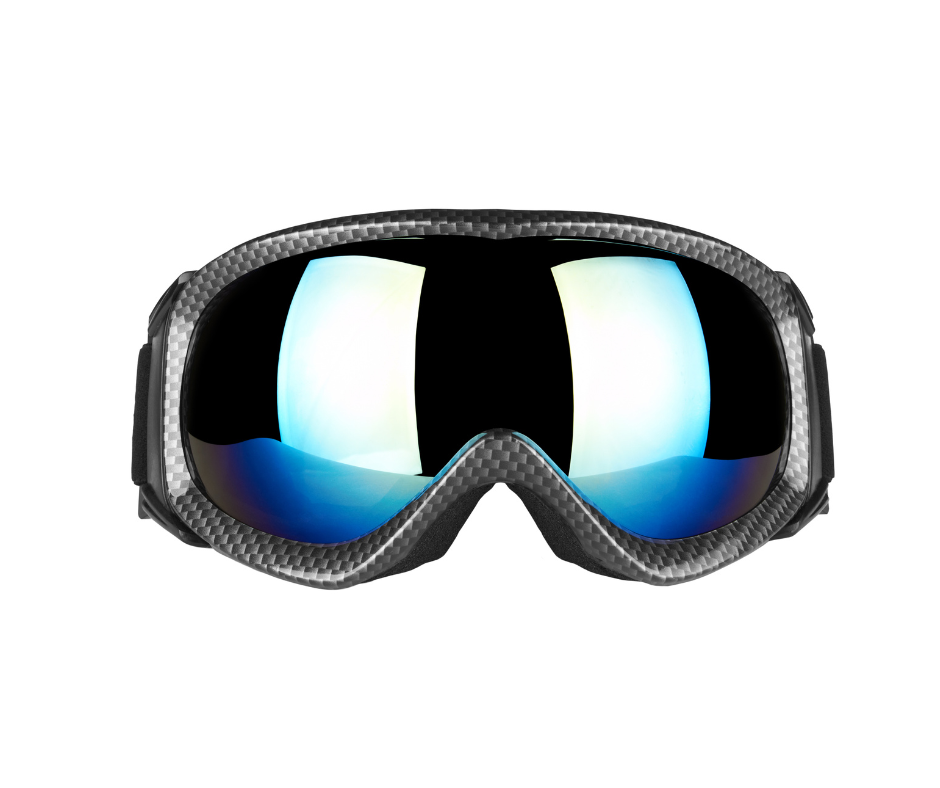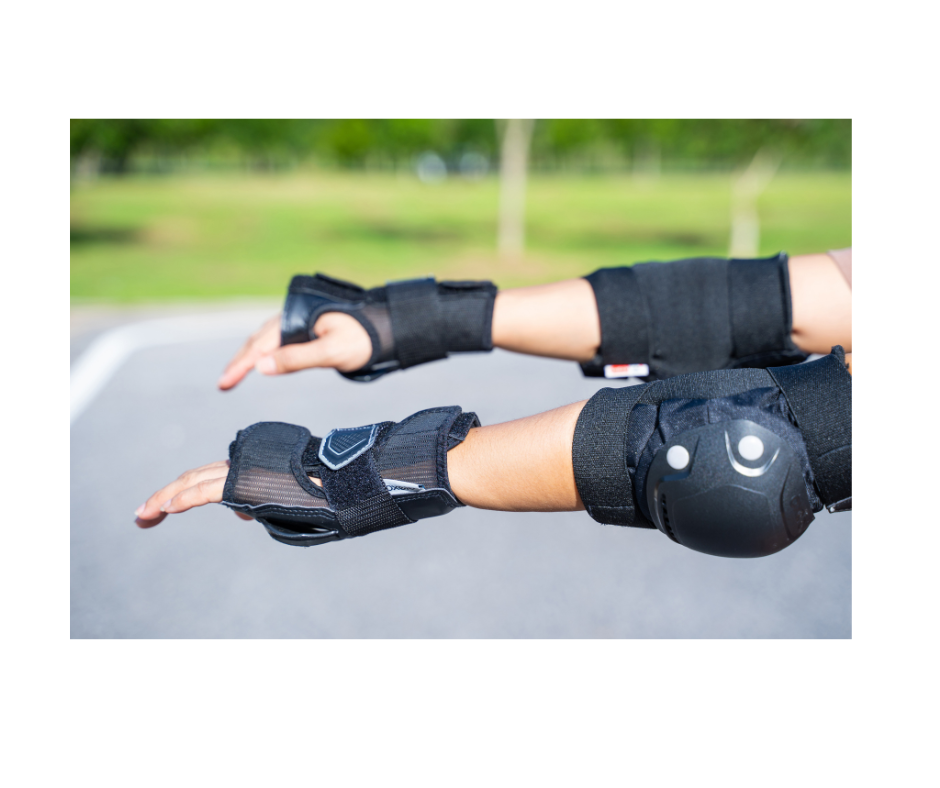
If you’ve noticed more electric bikes zipping around city streets, you’re observing a major shift in how people get from A to B. Electric bikes, or e-bikes, are no longer a novel sight; they’ve become a formidable force in the future of urban commuting. With the push for greener living and efficient transport, the emergence of e-bikes marks a significant stride toward cutting down our carbon footprint.
With their increased power and versatility, e-bikes open up new possibilities for riders. Whether it’s a quick trip to the local store or a longer commute to work, e-bikes offer a reliable and sweat-free alternative to traditional cycling or driving. However, it’s crucial to remember that with greater speed and convenience comes a responsibility for safety.
In this article, you’ll learn about the essential safety gear that every electric bike rider should wear. This gear not only keeps you safe but also enhances confidence on the road. Safety isn’t just a precaution; it’s the bedrock of an enjoyable e-biking experience.

The Fundamentals of E-Bike Safety Equipment
Electric bikes offer the promise of expanded mobility and effortless uphill rides, but with these perks comes the need for increased safety awareness. Much like traditional cycling, you can’t downplay the significance of proper safety gear when you’re navigating the bustling city streets or the unpredictable terrains of the great outdoors. As an e-bike rider, knowing and using essential safety equipment is foundational to ensuring a safer experience. Some e-bikes can achieve speeds of up to 28 mph, so it is important to think of your own safety as well as those around you, much like driving a car.
Most of these recommendations apply for regular bikes also. Let’s start with the most critical piece of safety equipment: the helmet. This isn’t just a piece of gear; it’s vital protection for the most important part of your body. In the event of an accident, a helmet significantly reduces the risk of serious head injuries. Ensure your helmet meets safety standards and fits you well. Remember, a poorly fitting helmet might as well be no helmet at all. Some jurisdictions require helmets for certain age groups. Make sure you are aware of local ordinances.
Visibility is key in preventing incidents, and that’s where reflective clothing steps in. Whether it’s a vest, jacket, or strip on your pants, anything that can help a driver see you at dusk, dawn, or at night could be the difference between a close call and a collision. Pair that with slip-resistant, closed-toe footwear to protect your feet and provide stable support while riding.
Don’t overlook the value of gloves and elbow or knee pads. Gloves enhance your grip and protect your hands in various weather conditions, while pads safeguard your joints during falls. These are particularly important if you find yourself in slippery conditions or riding through crowded areas where falls are more likely. This is doubly important on rough or uneven terrain where balance can be tenuous.
The purpose of this safety gear goes beyond personal protection. It sends a message to others that you take your responsibility as a rider seriously. Establishing this attitude among the e-bike community can lead to better safety practices for everyone on the road.

Tech That Keeps You Safe: Advanced Safety Gadgets for E-Bikers
As our urban landscapes buzz with the hum of electric bikes, riders should arm themselves with not just basic gear but also cutting-edge technology designed for safety. Advanced safety gadgets aren’t mere accessories; they’re investments in your well-being. Electric bike enthusiasts are technophiles by nature, so this will probably come naturally.
Lighting systems on electric bikes do more than illuminate your path; they make sure others see you coming. A powerful headlight paired with a responsive brake light can mean the difference between a safe ride home and a close call. Don’t skimp on brightness or visibility. Some e-bikes do not come with headlights or tail lights, so make sure you consider these as options.
Think of turn signals as your way of communicating with vehicles behind you. These nifty gadgets, which can often be controlled from your handlebars, provide clear signals to motorists, thus preventing potential mishaps. A loud, reliable horn is another non-negotiable tool. It can alert pedestrians and other road users to your presence, avoiding unnecessary surprises.
In the event of theft or an accident, GPS and tracking devices can be invaluable. They help retrieve stolen bikes and can also alert your emergency contacts if a sudden impact is detected. Some tracking systems can be integrated with smartphone apps, keeping you connected at all times.
Lastly, consider strapping on an action camera to your helmet or bike. It’s a silent witness that records every detail of your ride. In addition to capturing beautiful vistas on your leisurely commutes, it can provide crucial evidence in case of road incidents.
Pre-Ride Safety Checklist: Ensuring a Secure Journey Every Time
Developing a safety-first approach takes very little time but provides huge peace of mind. Before embarking on any trip, conducting a comprehensive equipment check can make all the difference. A written checklist can be helpful here. Start with verifying that all your safety gear is in place and properly functioning. Your helmet should be free from cracks and fit snugly. Reflective clothing should be clean and visible, and protective pads should be secure and intact.
Consistent maintenance is as crucial as the gear itself. E-bike riders should integrate routine checks into their riding schedule. This involves inspecting your bike’s brakes, tire pressure, and battery charge. Likewise, safety equipment should be examined for any signs of damage or excessive wear that could compromise its protective qualities. Batteries should always be inspected for cracks or breaks. This is particularly important before charging.
Be eagle-eyed for wear and tear. Helmets can lose their integrity after a significant impact, and reflective materials can fade over time. It’s essential to replace any equipment that no longer provides optimal protection. Remember, your safety gear is your first line of defense in the event of an accident.
End each pre-ride inspection with a commitment to stay visible and alert. Make a habit of checking weather conditions and adjust your equipment accordingly. Use lighting even in broad daylight to enhance your visibility. Keep your eyes on the road, expect the unexpected, and always ride defensively. Following these simple steps can significantly reduce risks, letting you enjoy the journey with confidence.
